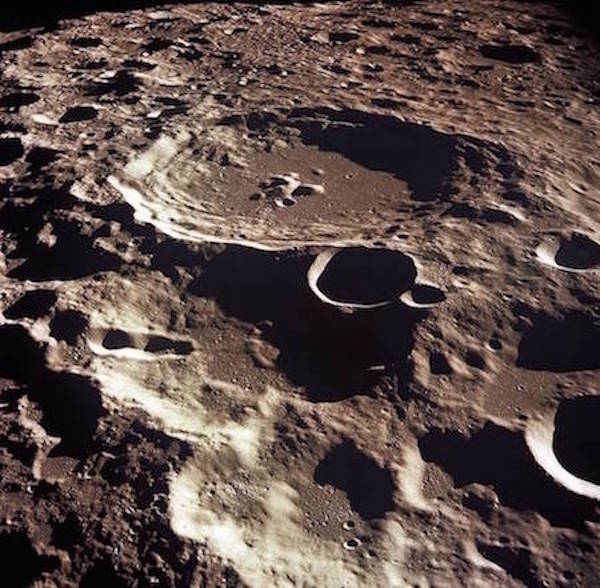Despite vast developments in technology over the last few decades, our method for counting craters on the Moon hasn’t advanced much, with the human eye still being heavily relied on for identification. In an effort to eliminate the monotony of tracking lunar cavities and basins manually, a group of researchers at the University of Toronto Scarborough came up with an innovative technique that resulted in the discovery of 6,000 new craters.
“Basically, we need to manually look at an image, locate and count the craters, and then calculate how large they are based off the size of the image. Here we’ve developed a technique from artificial intelligence that can automate this entire process that saves significant time and effort,” said Mohamad Ali-Dib, a postdoctoral fellow at University of Toronto’s Centre for Planetary Sciences and co-developer of the technology, in a news release.
The method utilizes a convolutional neural network, the same machine learning algorithm used for computer vision and self-driving cars. The research team used data from elevation maps, collected by orbiting satellites, to train the algorithm on an area that covers two-thirds of the Moon’s surface. They then tested the technology on the remaining third, an area it hadn’t yet seen.
The algorithm was able to map the unseen terrain with incredible accuracy and great detail. It identified twice as many craters as manual methods, with about 6,000 new lunar craters being discovered.
“Tens of thousands of unidentified small craters are on the Moon, and it’s unrealistic for humans to efficiently characterize them all by eye,” said Ari Silburt, a former University of Toronto Department of Astronomy and Astrophysics grad student, who helped create the AI algorithm. “There’s real potential for machines to help identify these small craters and reveal undiscovered clues about the formation of our solar system.”
Because the Moon doesn’t have flowing water, plate tectonics, or an atmosphere, its surface undergoes very little erosion. With its ancient craters remaining relatively intact, researchers are able to study factors like size, age, and impact to gain insight into our solar system’s evolution and the material distribution that occurred early on.
Ali-Dib and his research team, whose paper is being reviewed by the journal Icarus, plan to keep improving the algorithm and eventually test it on celestial objects like Mars and the moons of Saturn and Jupiter. If the program follows its early path of success, it may not only help researchers understand galactic formation and evolution, but also eliminate chalk boards and tally marks from the crater counting equation.










